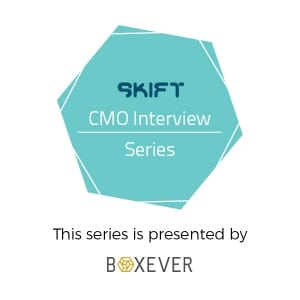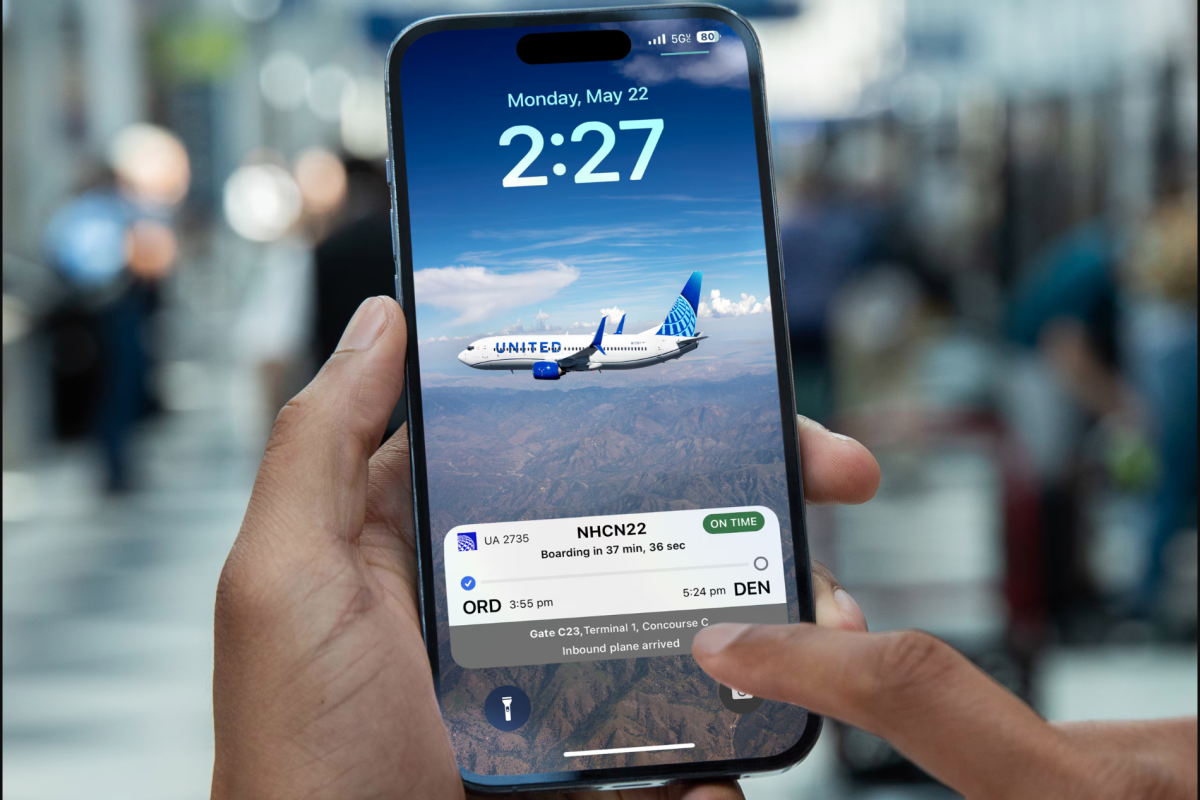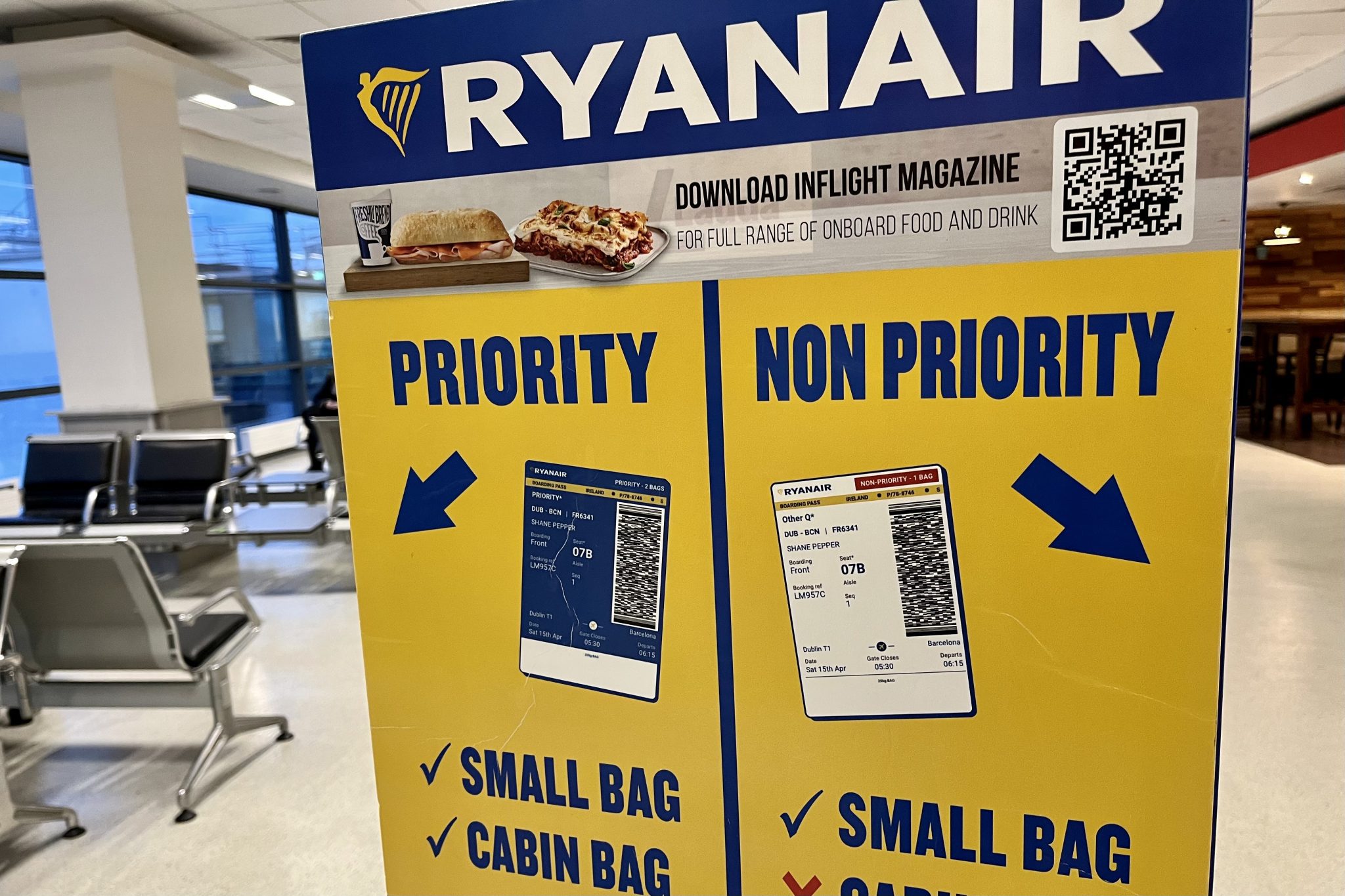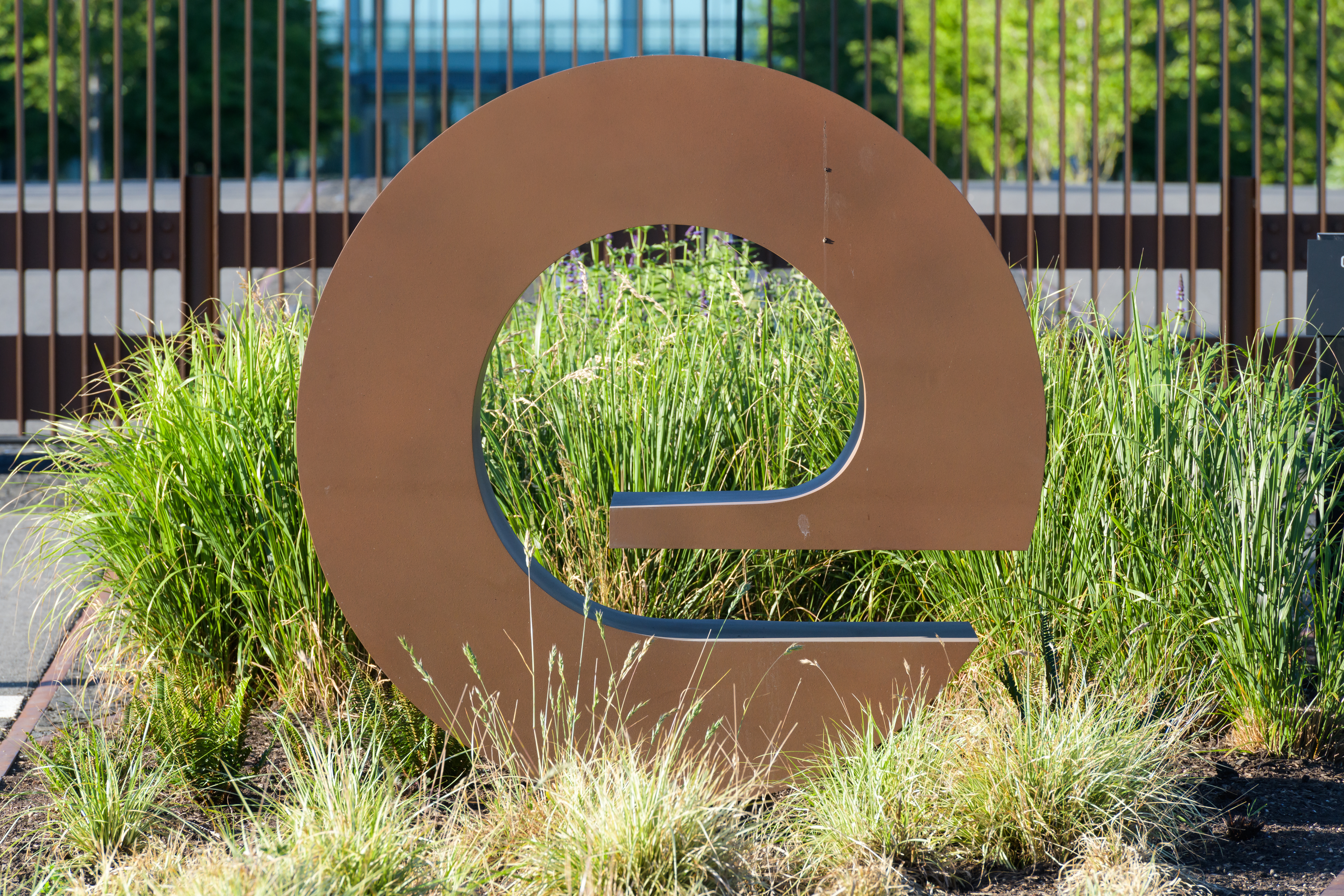Skift CMO Interviews: Los Angeles Tourism CMO on Connecting With Millennials

Skift Take
Editor's Note: Following our previous CEO interview series in online travel, hospitality, and destinations, Skift has launched a new series, this time focused on Chief Marketing Officers.
To better understand the big marketing challenges facing travel brands in an age when consumers are in control, Skift's What Keeps CMOs Up at Night will talk with the leading voices in global marketing from across all the industry's sectors.
These interviews with leaders of hotels, airlines, tourism boards, digital players, agents, tour operators and more will explore both shared and unique challenges they are facing, where they get insights, and how they best leverage digital insights to make smarter decisions.
This is the latest interview in the series.
The Discover Los Angeles tourism bureau's new "Get Lost in L.A." marketing campaign launched last month, specifically targeting the Millennial traveler.
The bureau is going after younger travelers by promoting local neighborhood experiences beyond the iconic L.A. attractions, beginning with a new interactive YouTube video and a series of local travel itineraries customized by specific travel themes.
The interactive Let's Get Lost video is actually a series of separate videos combined into one that shows a couple traveling in Los Angeles from the time they wake up to go surfing in Venice Beach until a late night bite at a food truck on Hollywood Boulevard. Viewers can skip through the video to different times of the day by clicking on a revolving clock at the bottom of the screen.
For further information, viewers can then click on the bookmark at the top left of the screen for this PDF providing links to the local hotels, restaurants, bars, shops, and attractions featured in the video.
The Get Lost in L.A. content avoids the glamorized Hollywood version of Los Angeles. The video and supplementary imagery has a breezy rhythm with a lot of natural street photography versus SoCal kitsch postcard stock. Mostly, the overall delivery doesn’t feel contrived, which plagues many other Gen Y-directed campaigns.
To support the video, Discover Los Angeles also developed a series of 18 travel itineraries for different lengths of time, designed for a range of travel psychographics in all of the different L.A. neighborhoods.
The one-, two- and three-day sample travel schedules are organized into six different travel themes, including: Food, Culture, Romance, Luxury, Budget, and Family.
We spoke with Don Skeoch, chief marketing officer for Discover Los Angeles, about engaging Millennials today with creative content personalized to different travel interests.
Skift: What keeps you up at night regarding online destination marketing in general?
Don Skeoch: I think what keeps me up at night is trying to constantly understand the media consumption of Millennials and how quickly that has evolved, and how that continues to evolve. For example, we do a lot with Facebook right now, but I think there are younger Millennials that are saying, "That's my parent's way of communicating." So now we're trying to keep an eye on Snapchat. I think that's still a little bit young for us, but….
When we first started focusing on Millennials, our board, which has a lot of Baby Boomers, were asking, "Why are you focusing on these backpackers that just got out of college?" Well, those same backpackers four years later are between the ages of 22 and 37. These are people that are married with kids now, so that cohort is aging up. And the amount of money they spend on travel as a percentage of their disposable income is pretty extraordinary compared to Baby Boomers.
Skift: So how is the new campaign repositioning the Los Angeles visitor experience for Millennial travelers?
Skeoch: When I first joined the organization over four years ago, I didn't feel like there was really any positioning of L.A. at all as a travel destination. But it's a lot easier to position than it is to re-position, so I had pretty much a blank slate to work on. So we did quite a bit of research, and this probably isn't going to sound like we've unlocked any ancient conundrums here, but it got us to a positioning of: "L.A. is the only place in the world that can provide endless entertainment."
I think that makes a lot of sense because of our Hollywood heritage, but we also have all of these other destination pillars as well. That includes the food and bar scene. Several respected sources have recognized us this year as the food capital of the U.S. There’s also the cultural scene, whether that's the arts or outdoor scene, or particular places for romance and family travel that locals go to. So this endless entertainment positioning is however you would want to define entertainment to you personally.
Skift: So Get Lost in L.A. is promoting those destination pillars outside the Hollywood experience by profiling local neighborhoods?
Skeoch: Right. Once that positioning was established, we needed to make that come to life through advertising. We knew the research showed us that it's the Millennials who are rediscovering Los Angeles, and who are, quite frankly, mad about it. Mad in a good way. They're crazy about Los Angeles. We did focus groups here in New York, which is one of our largest long-haul markets. So many people said not only are they visiting L.A., but they're moving to L.A., too. We're going through this love affair that hasn't existed for 10, 15 years with Los Angeles.
What we found from the Millennials specifically is although they love the icons — the Hollywood sign, the Star Walk, the theme parks — they also really want to explore deeper into all of our lesser known neighborhoods. Part of that is about discovery, and I think part of that is also about bragging rights. So we're trying to convey through the advertising that there is a ton of discovery you can do in Los Angeles, and that discovery could be based on whatever interest you may have.
Skift: What are the challenges around that positioning specific to L.A.?
Skeoch: L.A. is a horizontal city, unlike, say, San Francisco, which is seven by seven miles. L.A. is about 10 times bigger than what a San Francisco or a New York is. So we had to break the city down into neighborhoods so that our leisure and our business travelers would have a better understanding of not only, "What are the cool, different neighborhoods that I want to explore?" They also needed to understand the adjacencies of the neighborhoods. An example of that is a lot of people love Silver Lake and they love Venice, but they just don't know how close they are relative to one another.
We also set up the itineraries for one-, two- and three-day trips. So if you are a cultural tourist, we have that all organized personally for you. If you are a die-hard foodie, we have that set up for you as well. The whole idea is to provide a guide that's never really existed before for Millennials to uncover a different side of L.A., based on their personal interests.
Skift: Except, Los Angeles is very spread out and public transportation is always a big question in the city. So how are people supposed to access all of these neighborhoods if they don't rent a car. It seems like using Uber is pricey way to get around L.A. for a few days if you want to do a bunch of exploring.
Skeoch: It is, and I think more and more Millennials are saying, "Hey, we want to abandon our cars." Thankfully, the Metro in L.A. is catching up very, very quickly and there's been a lot of investment in infrastructure, both at the airport and at the public transportation level. A great example of that is we're nearing the opening of what they're calling: "The Subway to the Sea." So you will actually be able to take the subway from downtown, the Valley, and Pasadena all of the way to Santa Monica and the beach.
Skift: What are you most proud about with the Get Lost in L.A. campaign?
Skeoch: For us as a travel destination, we know that advertising can be very functional or very rational. It is very often about: "Come to our market because you can see this, see that, do this, do that." A big change for us is trying to develop a little bit of a deeper emotional connection as a brand, as opposed to, "Here are the rational or functional reasons why you might want to visit Los Angeles."
We want you to look at the campaign and say, "I kind of see myself in those people in the ads, and that's what I want my visit to Los Angeles to be about." I think we've creating a more emotional connection between our visitors and the city. It's a completely different way about thinking about destination marketing today.
Skift: Are you collecting data showing how people navigate the website, which neighborhoods are the most popular, and how visitors are arriving at the content more than just a couple years ago?
Skeoch: Yes, that's critical. We always have to keep our hand on the pulse, especially because our target is the Millennials and the way they consume media is like no other generation before it. While we do want to appeal to the Baby Boomers, the sweet spot for us are the Millennials, so we're starting to shift our media strategies to focus more on the social and digital aspects of communication. I think this year is the start of a new way of looking at how we communicate globally, not just domestically, but internationally as well.
Skift: How is all of this new data impacting your role as a CMO?
Skeoch: I have an amazing team that actually goes in and dissects it, so really what I see us doing is trying to optimize our media plan. Our digital buy is growing leaps and bounds. We're doing a lot more paid social, and then what they'll do is they'll optimize that budget to determine where are we capturing people and where is the engagement the greatest?
It's really about building relationships with Millennials. When they come to Los Angeles they're doing us a favor, because they become the evangelists or the advocates for L.A. I think that's changed over the last five years, but I think that's going to even accelerate more over the next few years.
Skift: What excites you most in digital and paid social, and where do you see the bureau investing more heading into the future?
Skeoch: I see us doing a lot more with streaming content and I see us developing a lot more video within our organization. I see pushing that out a little less through traditional, say TV, and increasing digital. I think that is particularly true in markets like China, which is our largest growing market. The statistics of how they consume media blows my mind, and I think a lot that is driven by the Millennials who have long commutes in China. All of their consumption is occurring on their smart phone, and as you know, to communicate in China on broadcast television is extraordinarily expensive.
So I think that there's a piece here that is about the efficiency of the media mix through digital and social, and there's also naturally the piece about effectiveness as well.
Skift: Are you investing more in Facebook Live and Facebook Messenger?
Skeoch: We are, and I think what's interesting about Facebook is it's really not about impressions because I think that's old school. It's about building the relationship with the viewers, and we're looking very closely at those that are cutting the cord. We're looking very closely at the effectiveness of the communication and then the cost efficiency of that communication as well. I think we'll see a lot more investment on Facebook going forward.
Skift: If you had twice the marketing budget, how would you spend it?
Skeoch: I think that would be, in terms of trying to brand the destination, actually running several flights a year. Right now, we have enough dollars to actually do a campaign launch and run it so that we pick up the spring season, as well as into the summer. Ideally, if I had more dollars I'd want a fall flight as well. L.A. has become so popular that it's getting increasingly difficult to get a hotel room in the summer. So I would love to have the resources to promote and advertise both spring and fall, and I think that's going to happen. I think our funding is coming along very briskly because of our success with campaigns like Get Lost in L.A.
This series is presented by Boxever. The Skift content team maintains complete editorial control over these interviews and the selection of subjects.
For more insights from Boxever, please see the following reports:





